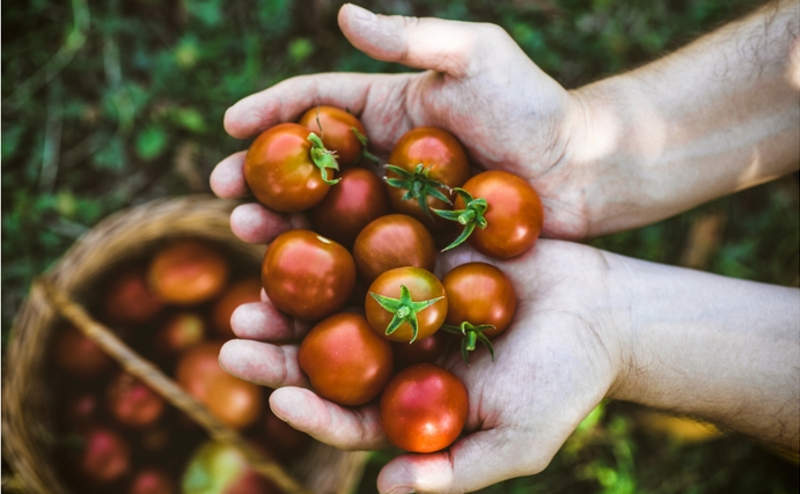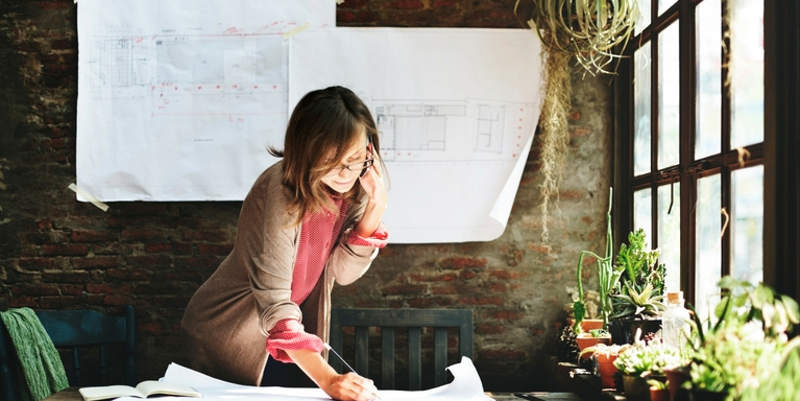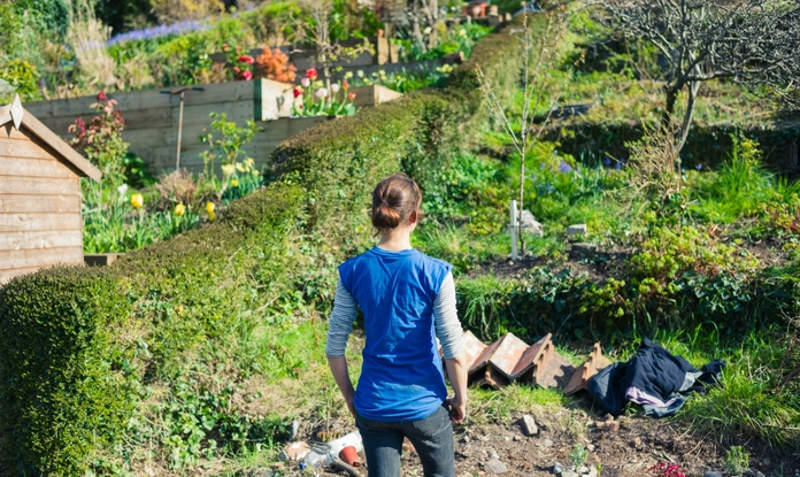One of the things I’ve found I love most in gardening is that everything is a cycle, a process, this passing from one phase to another. It is so magnificent to watch and be a part of, I wake up every day excited to see my garden. I get up when the birds start singing and watch the sun come up, drinking tea and saying good morning to my dogs in my garden. I can’t imagine getting up any other way. It puts me in the best mood for the whole day. It keeps me calm and feeling like a productive member of society. Gardening is my therapy, my lifeline to life. It’s got a special place in my heart.
There are three things that throw people off gardening:
- The Cost
- The time
- The space
There are ways to remedy all of these and be eating food from your patio in no time. It’s now the perfect season to have a go at growing!
Compared to most passionate gardeners, I am an enthusiastic novice. My gardening journey has had many failures along the way in my attempt to grow my own food. The first food I ever grew was tomato. I only ate one, because that was all I got. My first attempt at gardening was horrendous, but I was intrigued. Instead of thinking, “Oh well, this is hopeless, I kill everything I touch!” I thought, “I wonder what went wrong? How can I improve?”. So, I got to my research and next summer I had tomatoes. I had so many tomatoes I had to make chutneys. It was a triumph and I was hooked.

First lesson of being cost, time and space effective is to RESEARCH.
Research what you want to grow. What conditions does the plant you like, like? Is it suitable for your schedule, budget and area?
Otherwise, you’ll buy a pretty plant you like the look of, put it in some soil mix and water it when you remember. This was me in my early gardening days. This works great for some plants, but not so much for others. We’ve wasted time, money and space, plus we’re probably feeling like gardening isn’t in our very nature at a time like this, when in fact, gardening can be very instinctual. You can tell when a plant is ailing. It is unhappy. Healthy plants sing to us, draw us in and leave us happy. Sick plants look tired and neglected. Sometimes it can be the most simple of fixes, like a seaweed feed, to get your plant to spring back to life. Do some research, find out what your plant needs and you could potentially save it from doom.
Another lesson for the trifecta is to PLAN.
I know, I know, we’ll be getting our hands in the dirt soon! It’s hard not to run outside like a tornado and just start planting things haphazardly so you’ve got some instant joy! Do yourself the biggest favor and take the time to observe, plot and plan - in that order.

Observe your area for a while. How does the sun move across your space? What direction does the strongest wind blow from? What’s the rainfall like? Are you dealing with anything slightly difficult like sea spray or nutrient deficient soil? How much space do you have? And how can you maximize it? Because let’s be honest, we love space. Take the time with this and understand what your growing conditions are like. Are you in a temperate or sub-tropical zone? Are you prone to frost, drought or floods? Consider everything.
Gardening puts you right in touch with the environment you live in. Open to it and understand it to grow the best garden.
Plotting where you want to grow things is essential. Drawing and mapping everything from a hanging basket to three raised veggie beds can help maximize your gardens potential. Understanding how much space you have let’s you play with how much you can successfully grow and be realistic about your gardening goals. Not all of us have space for our dream apple orchard yet…yet.
Reign in the urge to grow more to grow better. One healthy lettuce is a better crop than 10 lettuces that were stressed due to lack of space and died of disease.
Plan everything you intend to grow and where you want to grow them. Look at sowing and harvest times. If you have a small space and you want to grow food, perhaps fast and high yielding crops are better. Think about what you like to eat or what really pleases your eye in a garden and think about incorporating that.
Veggie patches are more commonly being mixed with beautiful flowers now in companion planting. It’s a great way to get a good mix and the way to get the best mix is to plan it. Think about growing vertically to get the most out of your area and think about containers and how best to use them for areas like apartment verandahs. There is a plant for any situation and space; we just have to find the right one.
Now, another thing I love about gardening – nature is completely unpredictable at times. It’s all well and good to sit down and have everything planned down to the last minute detail, but then nature comes along and blows it out the window. Sometimes it’s disappointing, but we learn. Sometimes, though, it surprises you beyond belief and you couldn’t have planned the outcome any better yourself. It’s those little treasures that keep me in the garden every morning and afternoon.
A well-planned garden is a vision to watch come to life, seeing the results of all your research and planning grow before your eyes is a tremendously gratifying feeling. Take the time and enjoy the rewards.
For really time poor growers, pick one thing. Grow just one thing and grow it well. Having something alive about our house that is directly in touch with nature can make us feel so much better. Especially when it’s a healthy plant.
Try it and you never know where it might take you. I started gardening in a 4x4 raised garden bed out the front of a townhouse in the city (long live those tomatoes). Now, I live in a rural house on a block of land big enough to grow enough food to eat from, all because I started gardening.
By taking just a little bit of time we can save ourselves time later, money and the dramas of over-crowding and unsuccessful gardens.
Happy Spring everyone.
Lozz.






